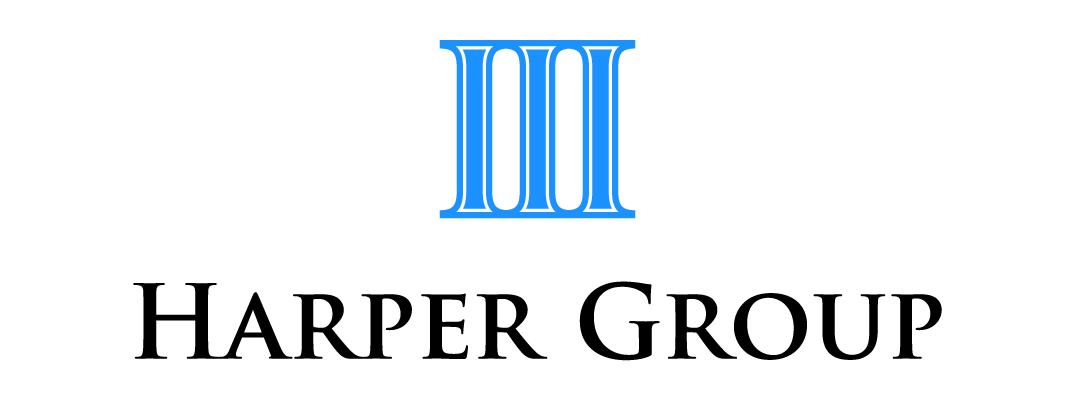Cashflow Forecasts
Now more than ever businesses should consider preparing cashflow forecasts.
According to the Australian Bureau of Statistics, half of all small to medium businesses fail in the first three years of operation. The Australian Securities and Investment Commission states that poor cash flow is cited as a factor in 40% of business failures. Indeed, as Australia emerges from an economic recession, cashflow will be a key issue for all businesses – not just start-ups.
All businesses need to ensure they have sufficient cash, at a particular time, to pay their bills. Cash is needed constantly in order to discharge a wide range of payment obligations which arise from many sources, including:
the ATO
suppliers
banks
employees, and
insurers.
A cashflow forecast is a crucial cash management tool for operating your business effectively. Specifically, a cashflow forecast tracks the sources and amounts of cash coming into and out of your business over a given period. It enables you to foresee peaks and troughs of cash amounts held by your business, and therefore whether you have sufficient cash to fund your debts at a particular time.
Moreover, it alerts you to when you may need to take action – by discounting stock or getting an overdraft, for example – to make sure your business has sufficient cash to meets its needs. Cashflow forecasts also allow you to see when you have large cash surpluses, which may indicate that you have borrowed too much, or you have money that ought to be invested.
In practical terms, a cashflow forecast can also:
reduce your reliance on external funding
improve your credit rating
assist in the planning and re-allocation of resources, and
help you to recognise the factors that have a major impact on your profitability.
At this point, a distinction should be drawn between budgets and cashflow forecasts. While budgets are designed to predict how viable a business will be over a given period, unlike cashflow forecasts, they include non-cash items, such as depreciation and outstanding creditors. By contrast, as stated above, a cashflow forecast focuses on the cash position of a business at a given period. Non-cash items do not feature. In short, budgets will give you the profit position; cashflow forecasts will give you the cash position.
A cashflow forecast is usually prepared for either the coming quarter or the coming year. Whether you choose to divide the forecast up into weekly or monthly segments will generally depend on when most of your fixed costs are incurred. When you are making forecasts, it is important to use realistic estimates. This will usually involve looking at last year’s results and combining them with economic growth, and other factors unique to your line of business.
Usually a forecast will list:
receipts
payments
excess receipts over payments (with negative figures displayed in brackets)
opening balance
closing bank balance.
If you are uncertain of how to prepare a cashflow forecast, consult your bookkeeper or accountant.
Harper Group Pty Ltd – Chartered Accountants Frankston - Ph 9770 1547
Disclaimer: All information provided in this article is of a general nature only and is not personal financial or investment advice. Also, changes in legislation may occur frequently. We recommend that our formal advice be obtained before acting on the basis of this information.
Please note we at Harper Group Pty Ltd are not licensed to provide financial product advice under the Corporations Act 2001 (Cth) and taxation is only one of the matters that must be considered when making a decision on a financial product, including on whether to make superannuation contributions. You should consider taking advice from the holder of an Australian financial services licence before making a decision on a financial product.
